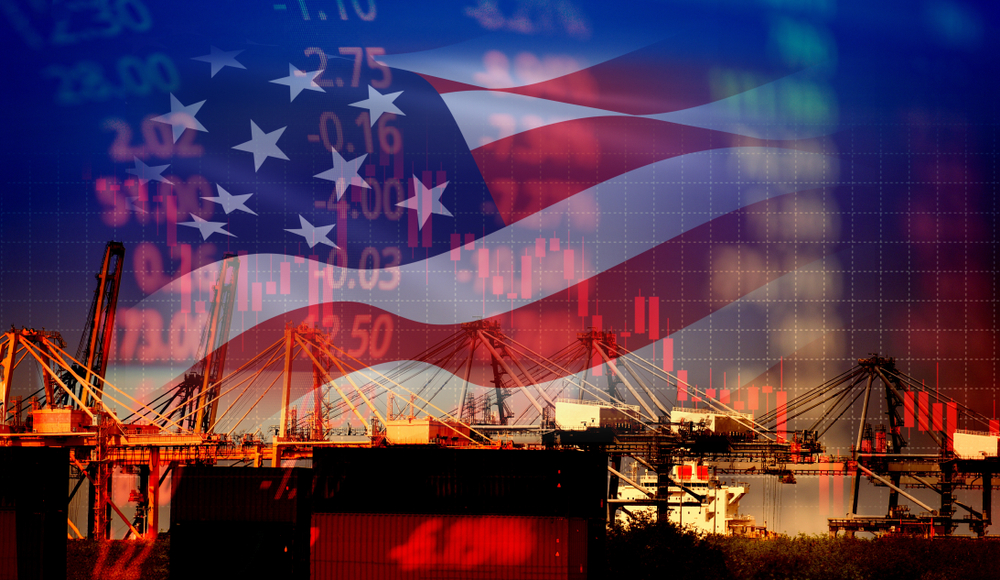
Supply chains across North America are facing a new challenge: the latest round of U.S. tariffs on imports from Canada and Mexico. With a 25% tariff on most goods and a 10% tariff on Canadian energy products (White House), businesses must adjust to rising costs and shifting trade policies.
For industries that rely on cross-border trade, this is more than just a financial strain—it’s a test of resilience, adaptability, and strategic foresight. Companies that can pivot quickly, optimize supplier networks, and enhance logistics efficiency will be best positioned to navigate these disruptions.
How Tariffs Are Reshaping Supply Chains
Because Canada and Mexico are two of the U.S.’s largest trading partners, the effects of these tariffs are widespread and immediate. Several industries will feel the impact, each facing unique challenges:
🚗 Automotive Industry – The North American auto industry depends on a highly integrated supply chain. Tariffs on parts and raw materials could lead to price hikes for vehicles and disrupt just-in-time production models (WSJ).
🔌 Electronics & High-Tech – Many electronic components cross North American borders multiple times before final assembly. Tariffs could raise production costs and incentivize manufacturers to seek alternative suppliers or relocate operations.
🏭 Manufacturing & Industrial Goods – Producers using Canadian and Mexican raw materials may need to renegotiate supplier contracts, restructure pricing models, or pass costs down the supply chain.
📦 Retail & Consumer Goods – Higher import costs will likely drive inflationary pressure, leading to price increases on everything from groceries to consumer electronics (AP News).
How Businesses Can Navigate These Challenges

The ability to adapt to these shifting trade policies depends on supply chain agility and strategic planning. Here’s how businesses can maintain stability:
1. Strengthen Scenario Planning
Supply chain disruptions—whether due to tariffs, geopolitical shifts, or logistics bottlenecks—can be mitigated by proactive planning. Running real-time “what-if” simulations enables companies to predict cost fluctuations and adjust accordingly.
🔹 Example: Advanced supply chain forecasting tools allow businesses to evaluate different tariff scenarios, supplier shifts, and sourcing alternatives before disruptions escalate.
2. Diversify the Supplier Base
Relying too heavily on one region or trade partner increases vulnerability to tariffs and other trade restrictions. Companies should explore alternative suppliers in the U.S., Latin America, or Asia to spread risk.
🔹 Case in Point: During the U.S.-China trade war, companies moved production from China to Vietnam and India. A similar trend may emerge within North America as businesses look for low-tariff suppliers or relocate production.
3. Rethink Logistics & Freight Strategy
As tariffs add new financial and operational complexities, companies should rethink their freight routes, transportation costs, and distribution strategies.
✔️ Nearshoring options can reduce border complexities and shorten supply chains
✔️ Strategic warehousing can help companies avoid excessive tariff costs
✔️ Supply chain consolidation may reduce tariff exposure through better shipment management
4. Optimize Inventory & Demand Planning
Holding too much inventory raises storage costs, while running too lean risks supply shortages. Smart demand planning ensures the right balance.
🔹 Solution: AI-powered demand forecasting allows companies to minimize excess stock, reduce carrying costs, and avoid last-minute procurement spikes that tariffs may create.
5. Leverage Technology for End-to-End Visibility
Supply chain agility hinges on real-time data and visibility. Businesses that digitize their supply chains gain a competitive advantage by reacting faster to changes in costs, regulations, and supplier availability.
📊 Emerging Technologies Driving Resilience:
- Supply chain digital twins to simulate various trade scenarios
- AI-driven procurement analytics for smarter supplier selection
- Cloud-based logistics platforms to track shipments and optimize routes
What’s Next for North American Trade?
While tariffs create short-term disruptions, they also accelerate supply chain evolution. Businesses that invest in resilience and strategic planning will emerge stronger.
🔹 A shift toward nearshoring and reshoring – Many companies will explore production within the U.S. or nearby Latin American countries to avoid trade barriers.
🔹 Increased supply chain digitalization – Firms will prioritize automation, real-time tracking, and AI-driven forecasting to stay agile.
🔹 Long-term supplier diversification – To reduce trade risks, businesses will invest in multi-regional supplier networks instead of relying on one primary source.
How IMTEK Supports Supply Chain Resilience

As businesses work to navigate new tariffs and trade policies, having the right technology and strategy in place can make all the difference.
IMTEK specializes in supply chain planning, system integration, and digital transformation, helping companies enhance forecasting, supplier visibility, and real-time scenario modeling. By integrating leading planning technologies, IMTEK enables businesses to:
✔️ Run “what-if” simulations to anticipate tariff impact and adjust sourcing strategies
✔️ Optimize supplier diversification using advanced analytics
✔️ Improve logistics efficiency by identifying cost-effective distribution models
✔️ Enhance inventory planning to avoid overstocking or shortages
In an era of global trade uncertainty, businesses that embrace agility, automation, and strategic planning will be the ones that thrive.
🚀 Looking to strengthen your supply chain resilience? Learn more about how digital transformation can help you stay ahead.





